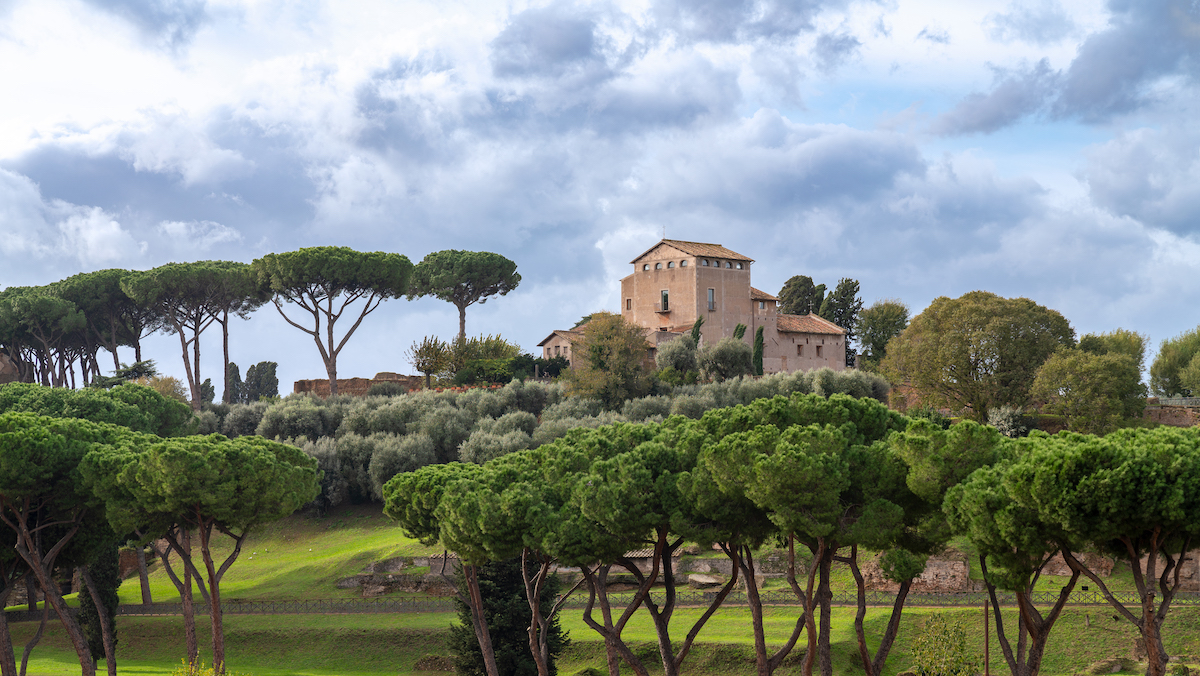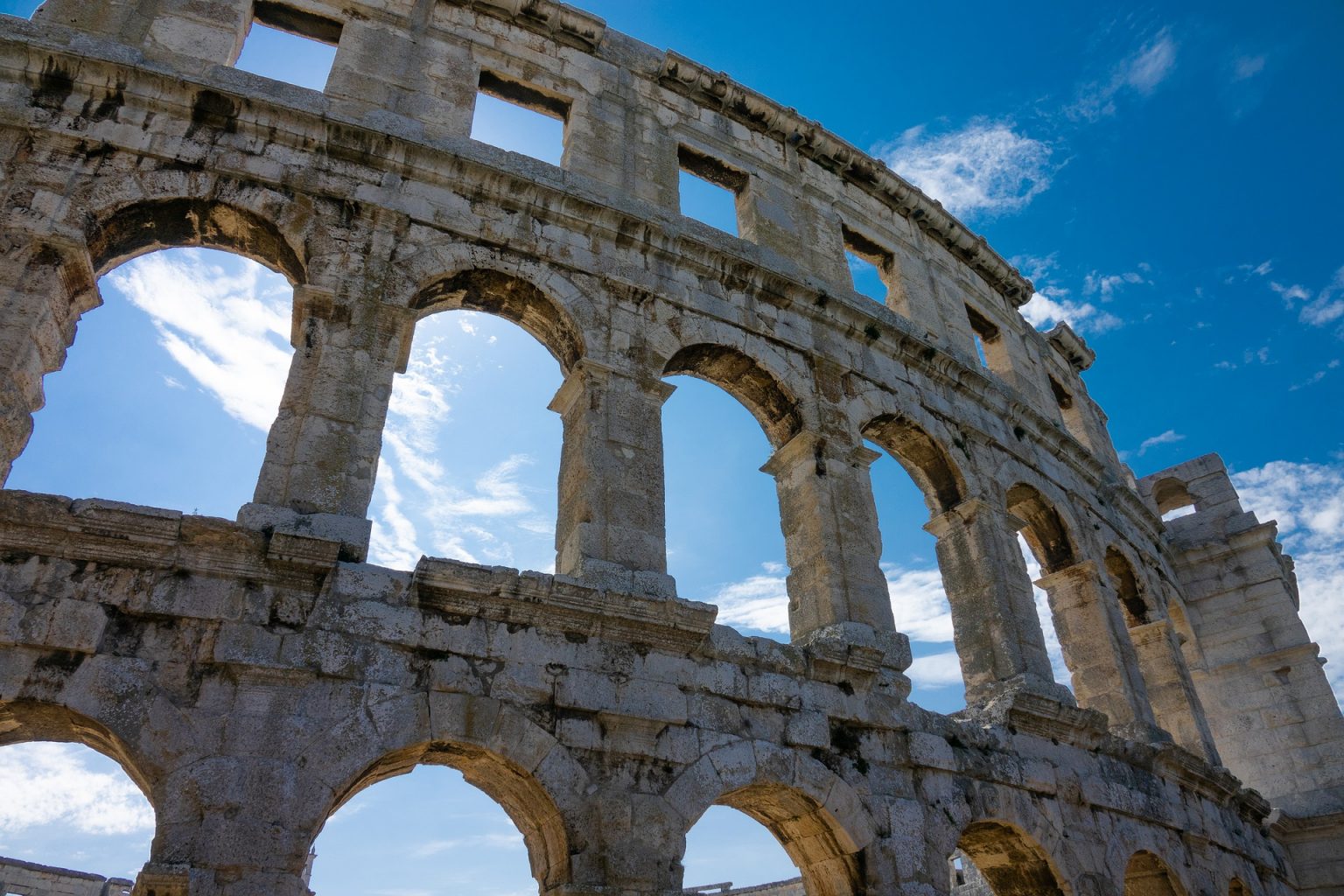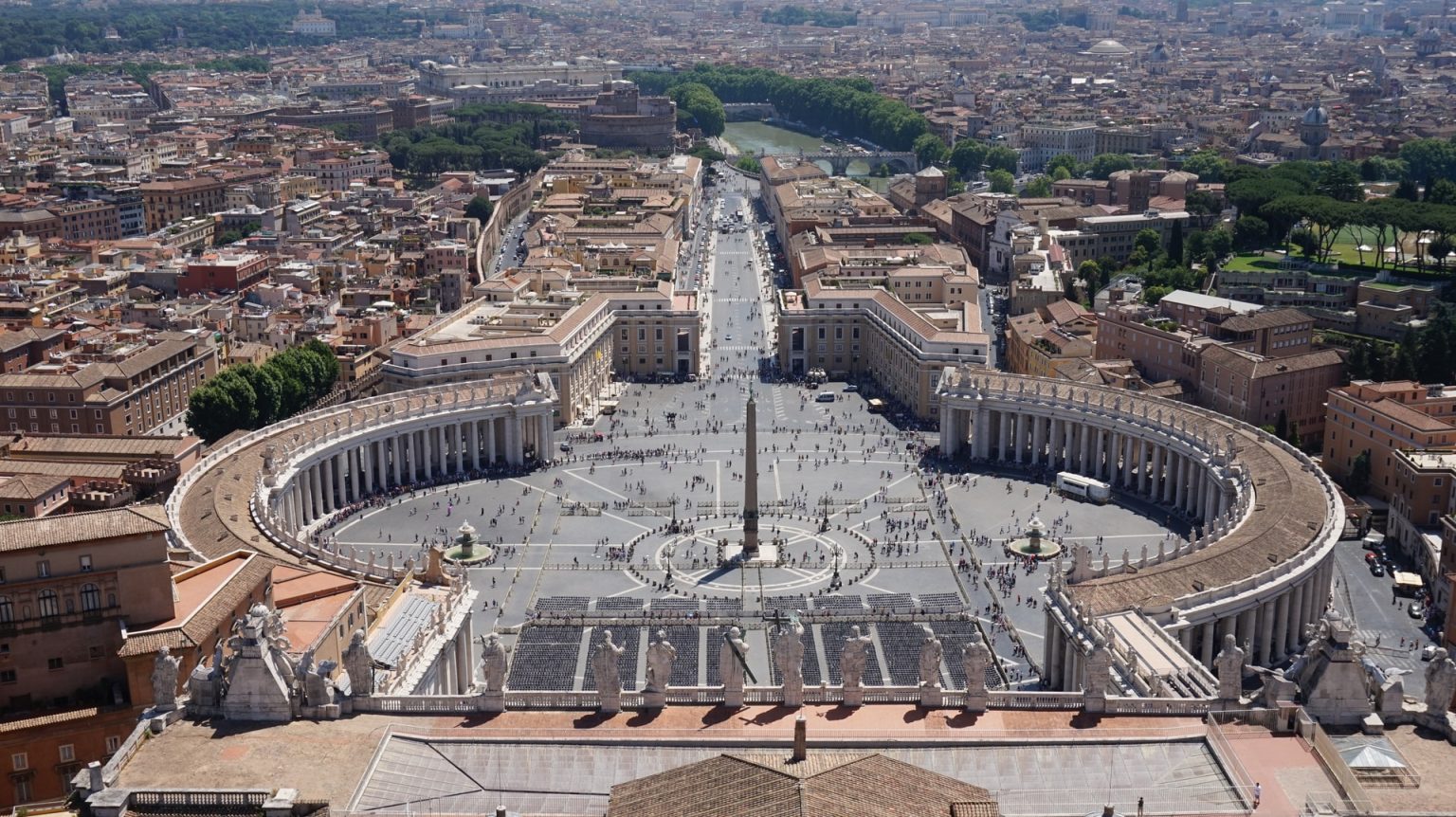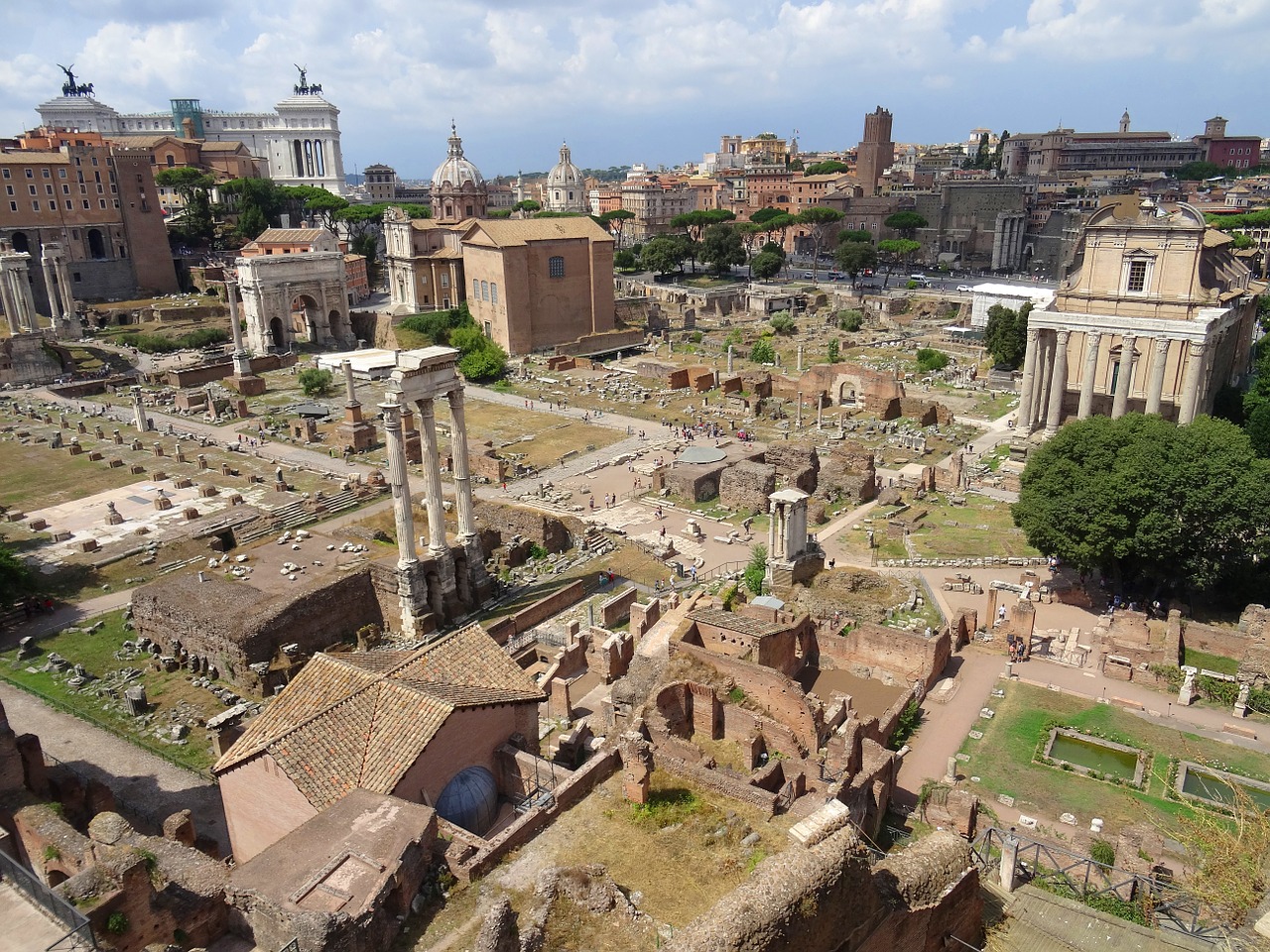Sitting on one of the seven hills of Rome, directly above the Roman Forum and Circus Maximus, the Palatine Hill perfectly reflects the opulence and grandeur of ancient Rome. During its heyday, it was the place to live, with lavish palaces, villas, and gardens adorning the hill. In fact, the word “palace” is derived from the word “palatine.”
These days, it offers expansive views of ancient Rome and even a peaceful escape from the chaotic city below.
If you’re looking to visit the Palatine Hill on your next trip to Rome, this travel guide has you covered. I’ll share what you can see, how to get there, when it’s open, and tips to make your trip better.
But first, a little lore to get you in the mood.
History and legends of Palatine Hill
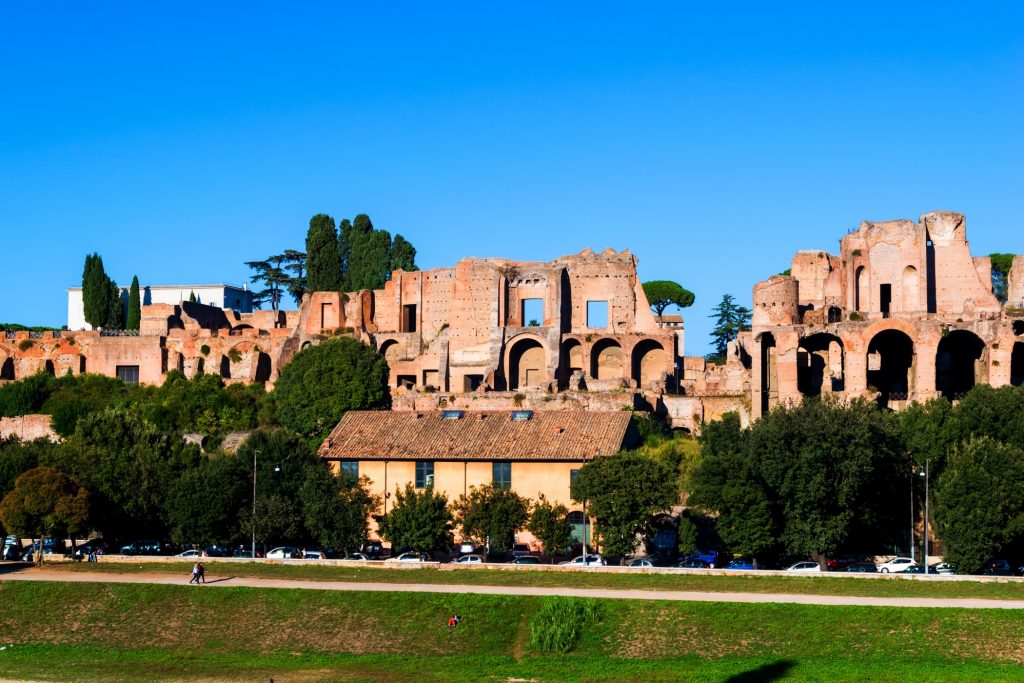
The origins of the Palatine Hill can be traced back to ancient myths.
According to Roman mythology, the hill was the birthplace of Romulus and Remus, the twin brothers who were said to have founded the city of Rome in 753 B.C. Legend has it that they were abandoned on the banks of the Tiber River and were later nurtured by a she-wolf on Palatine Hill. Eventually, Romulus decided to build a city in the area where he and his brother were born, and thus, the foundation of Rome was laid.
Over time, Palatine Hill became a prestigious area in Rome, favored by the city’s wealthy and influential residents. It gradually transformed into a residential enclave, with luxurious palaces and villas constructed by emperors and aristocrats.
The hill was not only a symbol of wealth and power but also served as a political and cultural center. The ruins that remain today provide glimpses of the grandeur that once adorned the Palatine Hill, offering a fascinating insight into the beginnings of Rome and the legacy of its ancient civilization.
What to see at the Palatine Hill
Palatine Hill is actually a relaxing place, especially compared to the bustle of the streets of Rome — fewer crowds, shady retreats, and panoramic views make it the perfect spot to take a break. After your rest, be sure to check out these must-see sites.
1. House of Augustus and House of Livia
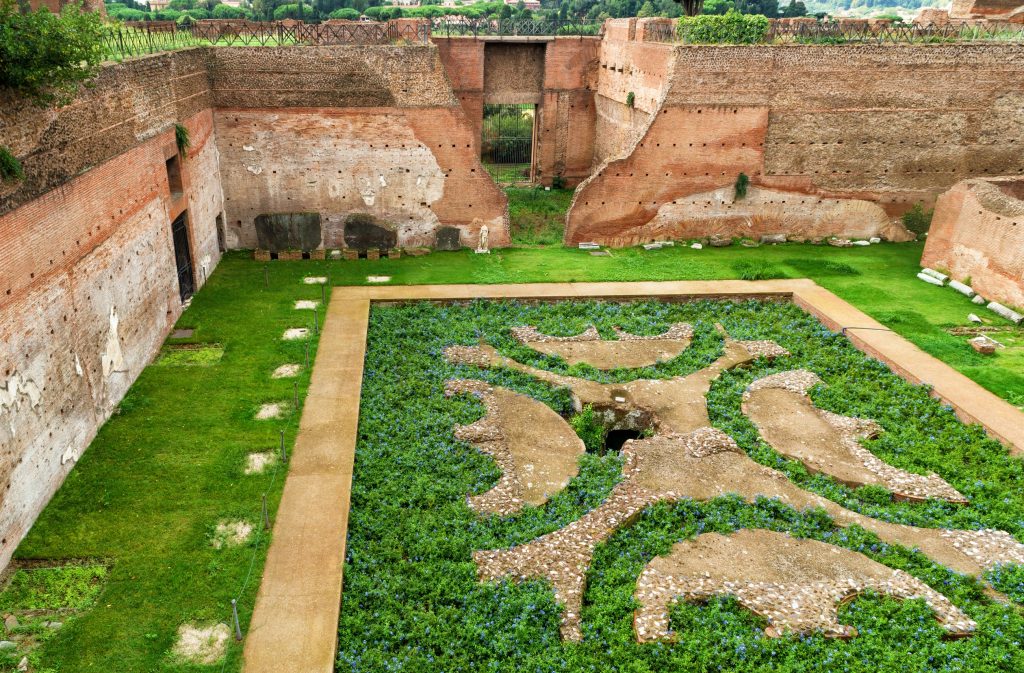
The House of Augustus is significant because it represents the period in Roman history when Palatine Hill transitioned from a residential area to the center of imperial power.
Augustus and his wife Livia were neighbors — they each had their own living quarters right next to each other in the same complex. Both homes were decorated with a high level of sophistication that included ornate mosaic floors and frescoes depicting various images of landscapes and mythological scenes.
Sometimes it’s hard to imagine what these structures looked like in their original state, but with the help of technology, we can get an idea. Take a look in the video below.
Note: You must purchase a specific ticket to see the interior of these homes. I’ll share more info on tickets and reservations below.
2. The Palatine Museum
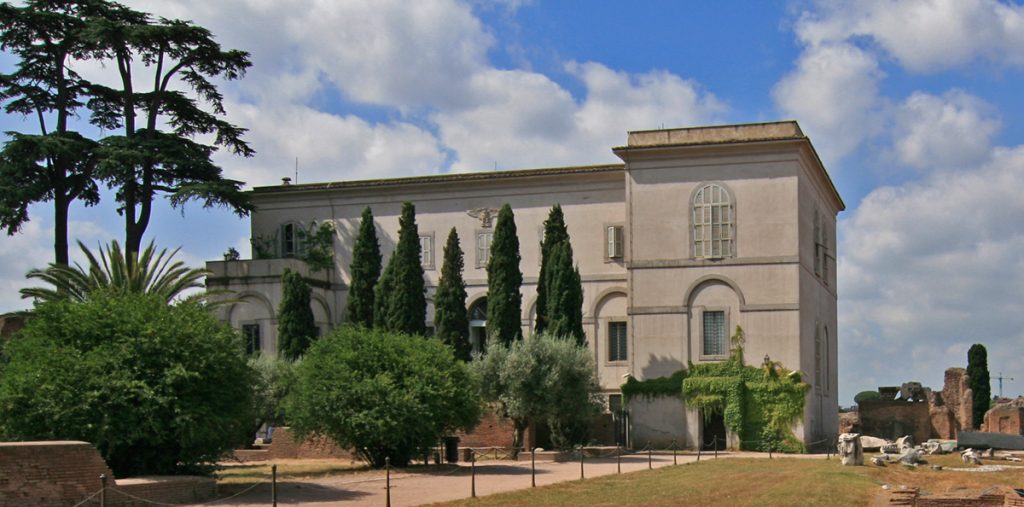
This museum is located at the entrance of the hill and houses a collection of artifacts including frescoes, sculptures, and everyday objects from ancient Rome.
It’s really worth the visit, even just to see the impressive statues that have survived more than 2,000 years. There are two floors of exhibits with a wealth of historical information that provide detailed insight into the origins of Rome.
3. The Farnese Gardens
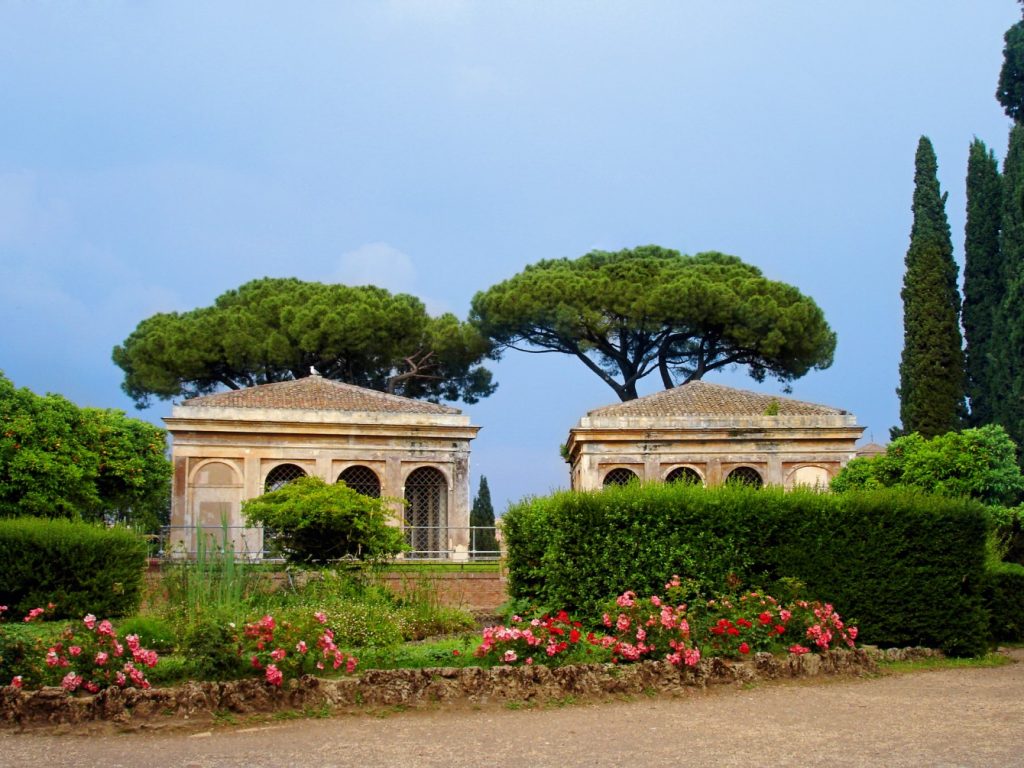
While the focus of the Palatine Hill is ancient Rome, the Farnese Gardens makes a major jump forward in time to the 16th century. This garden was originally commissioned by Cardinal Alessandro Farnese in the 1500s and is known for its Renaissance and Mannerist architectural features.
The design incorporates elaborate fountains, lush greenery, statues, and decorative elements. But the real treat is the terraced layout of the gardens which offers stunning views of the Roman Forum, the Circus Maximus, and the surrounding cityscape.
Fun fact: The Farnese Gardens are the first private botanical garden in Europe.
4. Stadium of Domitian
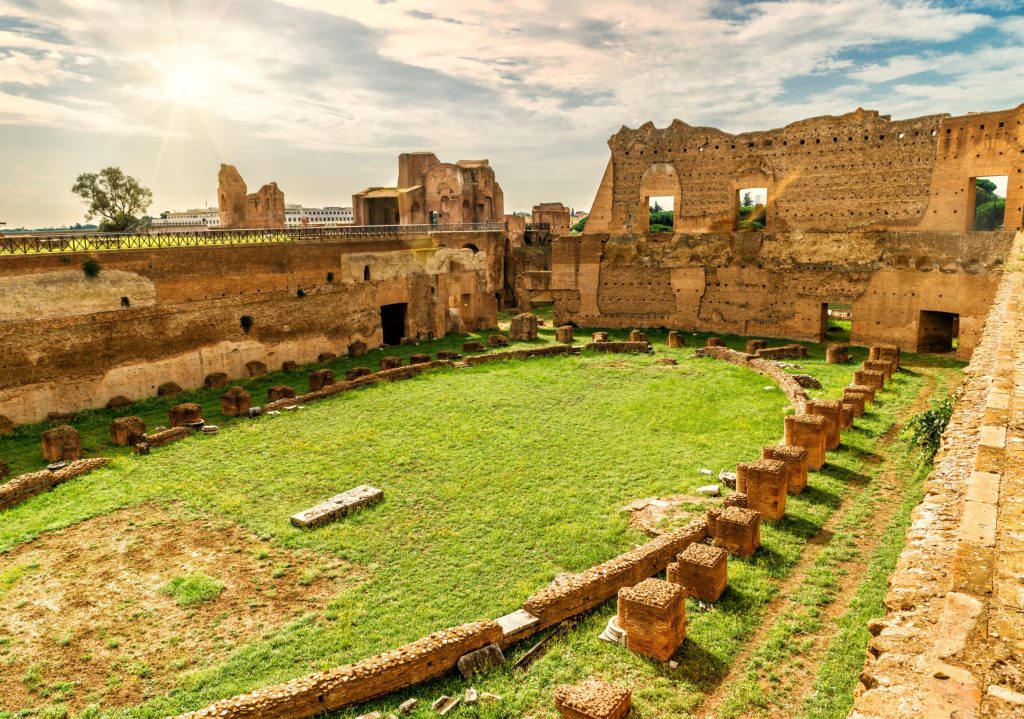
Discovered at the end of the 19th century, this rectangular stadium was built by Domitian (Roman emperor from 81– 96 CE) in the late 1st century CE and was restored many times during and following the imperial age.
It had an elongated rectangular layout, and back in the day, it was equipped with a large canopy roof. Today, its long, narrow shape as well as some of the seating area can still be seen.
As you can tell, there’s a lot to see at Palatine Hill! Below is a list with tips to help you plan your trip to Palatine Hill, from how to buy tickets and to get there to other helpful hints.
How to get tickets for the Palatine Hill
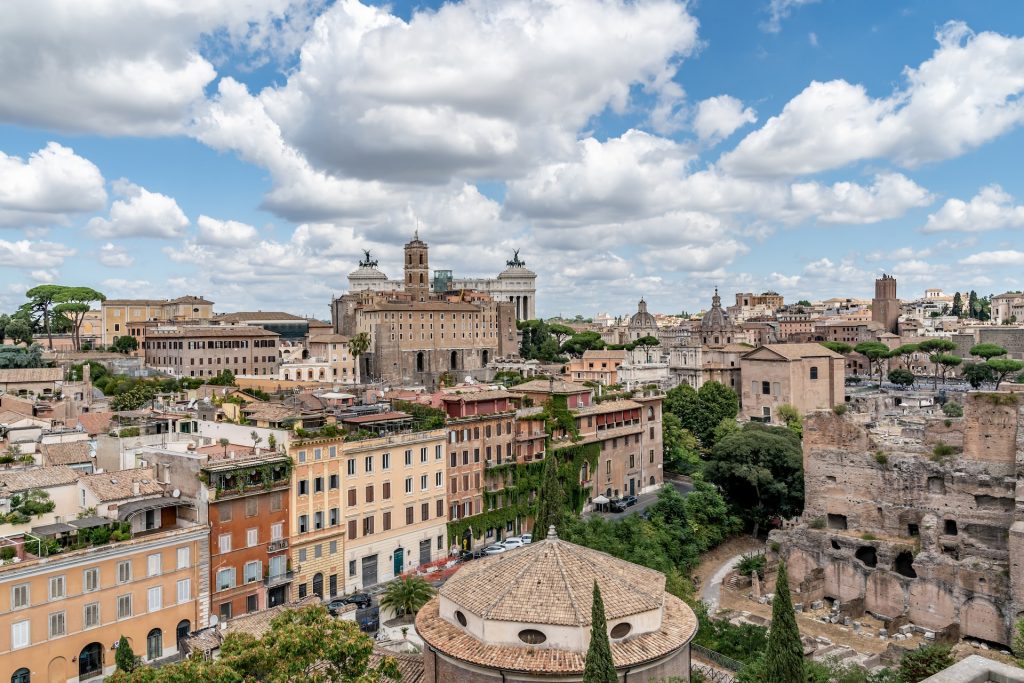
There are two options for tickets.
You can take our guided tour of the Roman Forum and Colosseum with a local. We’ll handle getting the tickets for you, which will include access to multiple sites, including Palatine Hill. Your guide will tell you all about this incredible place, and you can visit on your own at the end of your guided experience, staying as long as you like.
Don’t miss the Palatine Museum, indoor exhibits that include sculptures, mosaics, paintings, and other archeological treasures from the site. It’s included with your tour ticket.
You can also go without a guide if you prefer the DIY approach. The Colosseum, Roman Forum, Palatine 24 allows entrance to the Colosseum, the Forum, and the Palatine Hill and is valid 24 hours from the first use, just as the name implies.
What are the hours of the Palatine Hill?
Palatine Hill opens at 9 a.m. daily, but the closing time varies based on the time of year. In winter, when the sun sets earlier, it closes at 4:30 p.m. while it stays open to 7:15 p.m. at the latest from late March through August.
The last admission is always one hour before closing, so I suggest you arrive earlier in the day to allow plenty of time.
Here are the hours Palatine Hill is open:
- 9 a.m.-4.30 p.m. from Jan. 2 to Feb. 28
- 9 a.m.-5.30 p.m. from March 1-26
- 9 a.m.-7.15 p.m. from March 26 to Aug. 31
- 9 a.m.-7 p.m. from Sept. 1-30
- 9 a.m.-6.30 p.m. from Oct. 1-28
- 9 a.m.-4.30 p.m. from Oct. 29 to Dec. 31
How to get to the Palatine Hill
The main entrance is on via di San Gregorio 30, and you can also access the site from the Roman Forum.
To get to Palatine Hill by public transit, here are the main options.
- Metro: Take Line B (blue line). Exit Colosseo.
- Bus: Take any of the following buses: 75, 81, 673, 175, 204
- Tram: Take number 30.
Helpful tips for visiting Palatine Hill
Comfortable shoes are a must. Also, clothes that breathe if you are going in the summer. Don’t forget your sunscreen! If you are in search of some shade, you can head over to the Farnese Gardens for some relief.
Stay hydrated. There are water fountains available, but they do not sell water or snacks, so come prepared with a refillable water bottle and something to eat.
Bathrooms can be found at the Palatine Museum and near the Farnese Gardens.
Where to eat near Palatine Hill
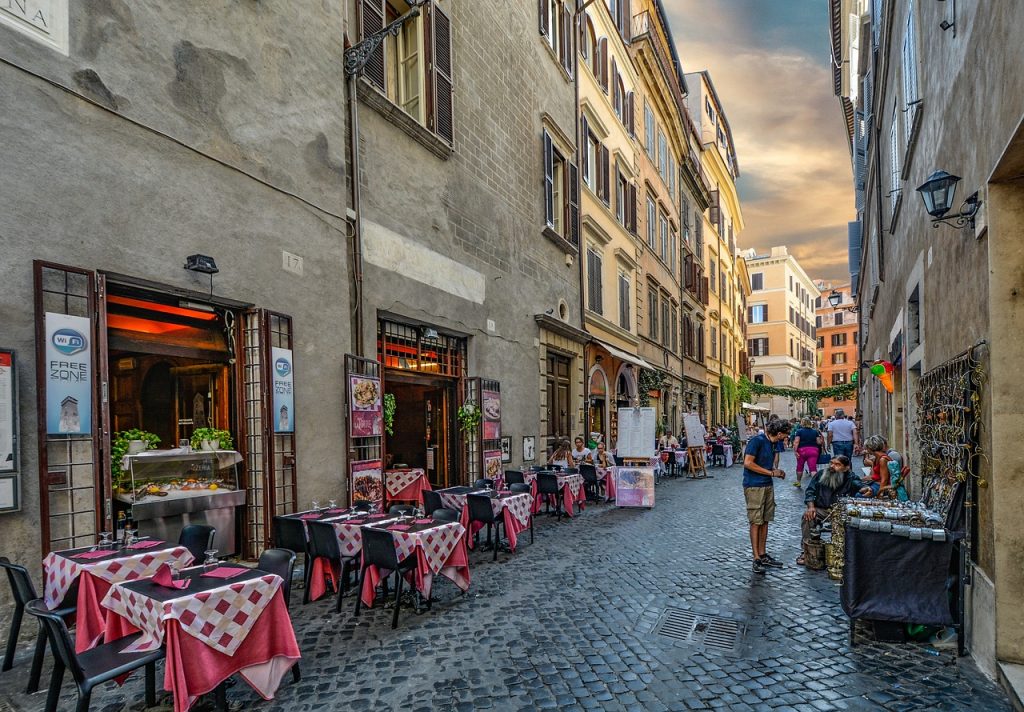
After climbing the Palatine Hill, you are likely going to be hungry, and although this area of Rome is super touristy, there are still some good options nearby. Here are some ideas.
- Pizzeria di Sforza Piero: Via Celimontana, 17. Delicious pizza by the slice. It’s mainly takeout, but there’s also a small area to eat there as well.
- Urbana 47: Via Urbana, 47. Intimate restaurant serving seasonal Roman dishes. There is also outdoor seating.
- Naumachia: Via Celimontana, 7. Offering typical Roman and Tuscan cuisine. Everything you could want from pizza to pastas to main dishes.
If you need more inspiration, check out these great suggestions.
What to see near the Palatine Hill
Obviously, the Roman Forum and the Colosseum are right down the street, but don’t think the fun ends there. Why not take advantage of your central location to check out these other historically important places?
Basilica of San Clemente
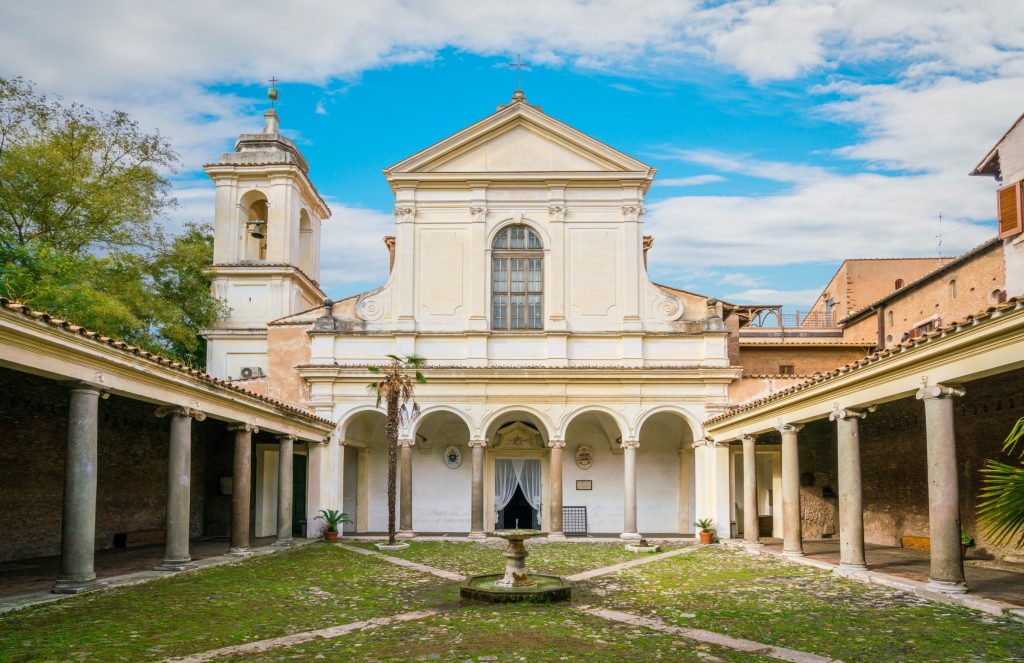
Only a 15-minute walk from the Palatine Hill is the Basilica of San Clemente. What makes this church truly extraordinary is its intricate layers of history. As you step inside, you are immediately transported back to the 12th century.
But get ready for more time travel, because beneath its floors lie remarkable archaeological discoveries that reveal earlier structures dating back to ancient Roman times and the early Christian era. It is a living testament to the layers of history that lie beneath the surface of Rome.
Baths of Caracalla
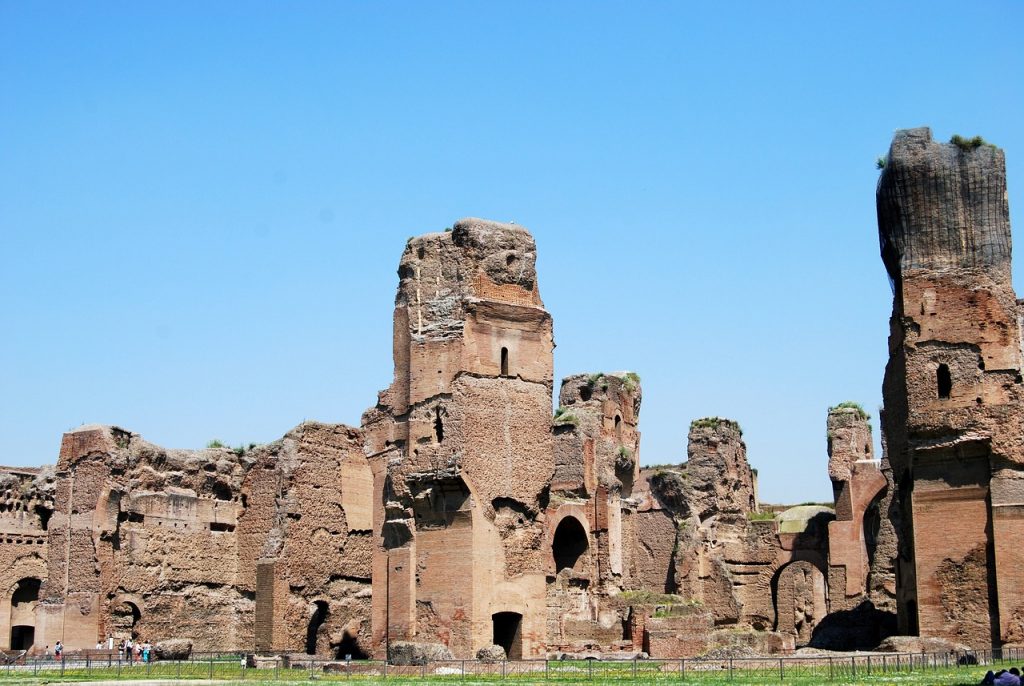
Also only 15 minutes away you will find the Baths of Caracalla, constructed between 212 and 216 CE.
Sprawling across 33 acres, this colossal complex boasted a vast array of facilities, including swimming pools, hot and cold baths, exercise areas, libraries, gardens, and even an amphitheater. These baths were a symbol of Roman decadence — but they weren’t meant just for the elite — this was a gathering place for all citizens of Rome.
Visit Palatine Hill to see how ancient emperors lived
The Palatine Hill is a gateway to the past and offers an opportunity to step into the world of emperors and aristocracy. Exploring this place offers a connection with a remarkable past civilization that shaped the world we know today!
